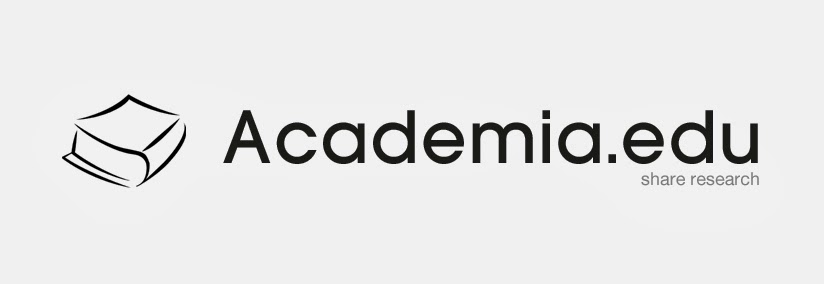Analysis of the Effect of Employee Spending, Goods Shopping and Capital Expenditure on the Realization of Tax Revenue in Indonesia
Abstract
Keywords
Full Text:
PDFReferences
Alizadeh, M., & Motallabi, M. (2016). Studying the effect of value added tax on the size of current government and construction government. Procedia Economics and Finance, 36, 336-344.
Anderson, W., S.Wallace, M., & Warner, J. T. (1986). Government Spending and Taxation: What Cause What? Southern Economic Journal, 52.
Baffes, J., & Shah, A. (1993). Causality and comovement between taxes and expenditures: Historical evidence from Argentina, Brazil, and Mexico. Journal of Development Economics 44, 311-331.
Blackley, P. R. (1986). Causality Between Revenues and Expenditures and The Size Of The Federal Budget. Public Finance Quarterly, 14(2), 139-156.
BKF.(2019). Realisasi Anggaran Pendapatan dan Belanja Negara Indonesia 2007-2017.
Ewing, B. T., & Payne, J. E. (1998). Government Revenue-Expenditure Nexus: Evidence from Latin America. Journal Of Economic Development, 23, 57-69.
Fasano, U., & Wang, Q. (2002). Testing the Relationship Between Government Spending and Revenue: Evidence from GCC Countries. International Monetary Fund Working Paper, 02.
Hondroyiannis, G., & Papapetrou, E. (1996). An Examination of the Causal Relationship between Government Spending and Revenue: A Cointegration Analysis. Public Choice, 89, 363-374.
Jones, J. D., & Joulfaian, D. (1991). Federal Government Expenditures and Revenues in the Early Years of the American Republic: Evidence from 1792 to 1860. Journal of Macroeconomics, 13, 133-155.
Joulfaian, D., & Mookerjee, R. (2006).Dynamics of Government Revenues and Expenditures in Industrial Economies.Applied Economics, 23(12), 1839-1844.
Kollias, C., & Kollias, C. (2000). Tax and Spend or Spend and Tax? Empirical Evidence From Greece, Spain, Portugal and Ireland. Applied Economics, 32, 533-546.
Richter, C., & Dimitrios, P. (2013). Tax and spend, spend and tax, fiscal synchronisation or institutional separation? Examining the case of Greece.Romanian Journal of Fiscal Policy, 4, 1-17.
Rosoiu, I. (2015). The impact of the government revenues and expenditures on the economic growth.Procedia Economics and Finance 32, 526 – 533.
Sriyana, J. (2009). A Causality Relationship Between Tax Revenue and Government Expenditure in Indonesia. Economic Journal of Emerging Markets, 93-10
DOI: https://doi.org/10.21107/mediatrend.v16i2.7690
Copyright (c) 2021 Media Trend


















